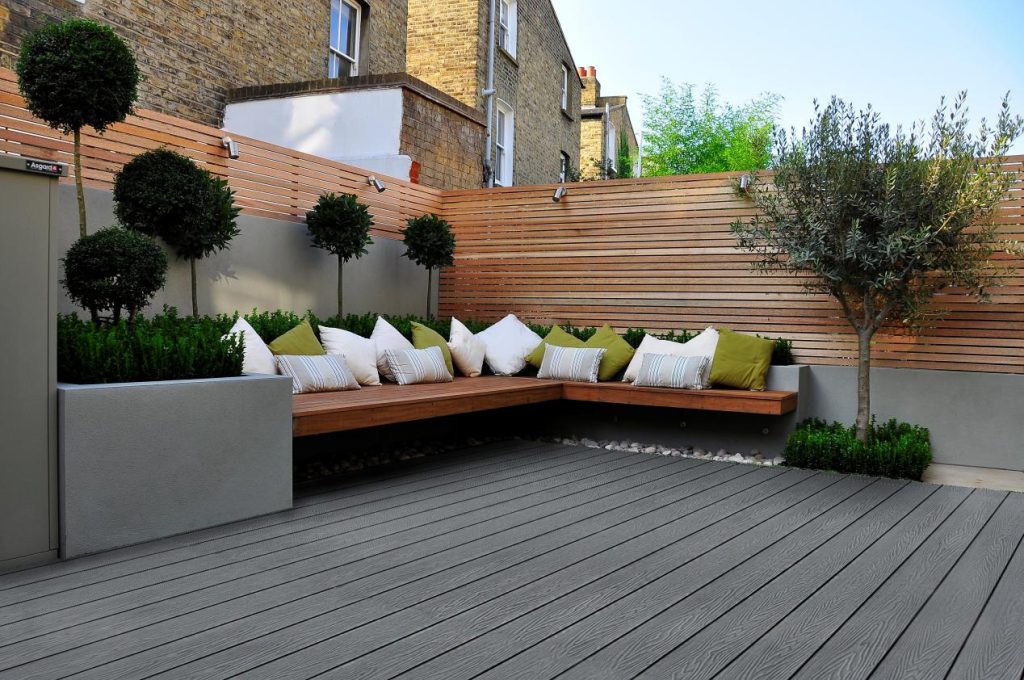As our expectations for urban living continue to rise, the significance of Garden Architecture becomes more pronounced as the city’s “eye,” showcasing the charm of urban spaces. Plastic wood materials have emerged as a versatile choice in various applications such as architecture, decoration, and home design.
With qualities like excellent preservation, resistance to insects, and tolerance to high temperatures, plastic wood demonstrates remarkable adaptability in complex and dynamic environments. This article delves into the discussion on utilizing plastic wood composite materials, particularly in the design of pergolas, to enhance both functionality and aesthetics in urban and scenic landscapes.
The Allure of Plastic Wood Composite Materials:
Plastic wood materials, renowned for their durability and resistance to external elements, have become a popular choice in various design domains. In addition to their practical characteristics, these materials closely mimic the appearance of natural wood, providing a refreshing aesthetic while addressing the drawbacks associated with natural materials.
The Significance of Scenic Architectural Design:
Scenic architectural design encompasses a variety of landscape elements essential for creating captivating garden spaces. In garden design, these elements play a pivotal role, contributing to the overall charm of urban areas. Urban landscape architecture, being an integral part of the public environment, not only meets diverse living needs but also enhances the cultural richness of the urban context, elevating its allure.
Categories of Urban Garden Architectural Design:
The urban garden architectural design involves a multitude of structures, categorized based on their functionality and purpose:
Structural Landscape Architectures:
These structures, including galleries and pergolas, merge functionality with artistry. Their small-scale design caters to specific needs while adding aesthetic value to urban spaces.
City Furniture and Garden Architectures:
Practical elements like signs, public seats, and potted containers fall under this category. These structures directly impact daily life, providing convenience while contributing to the overall urban aesthetic.
Nature Architectures:
Incorporating natural elements like plants and rocks, this category seamlessly blends with the natural scenery. It brings urban spaces closer to nature, fostering a cultural atmosphere within the city.
Architectures of Roads and Transportation:
Elements such as parking lots and ground paving fall under this category. Beyond their functional role, these architectures guide people through urban spaces, aiding in the understanding of regional divisions.
Designing Pergolas with Plastic Wood Composite Materials:
Pergolas, as structural landscape architectures, offer a unique canvas for the application of plastic wood composite materials. The use of these materials in pergola design not only ensures durability and resistance but also introduces an aesthetically pleasing element to the urban or garden landscape.
In conclusion, the integration of plastic wood composite materials in the design of pergolas and other urban garden architectures is a strategic approach to meet the evolving expectations of urban living. By combining functionality with aesthetics, these materials contribute to the overall charm and cultural richness of urban spaces. The versatile nature of plastic wood materials ensures that urban landscapes continue to captivate residents and visitors alike, offering both practicality and visual appeal.







